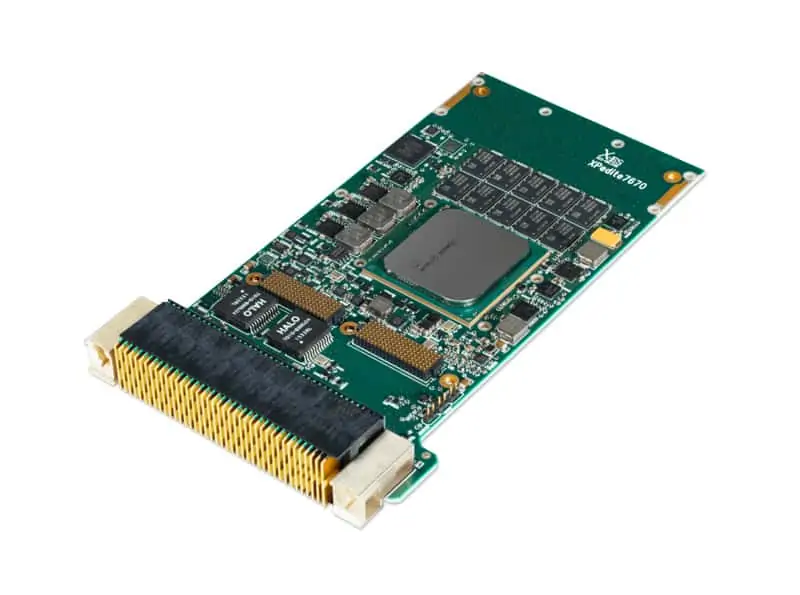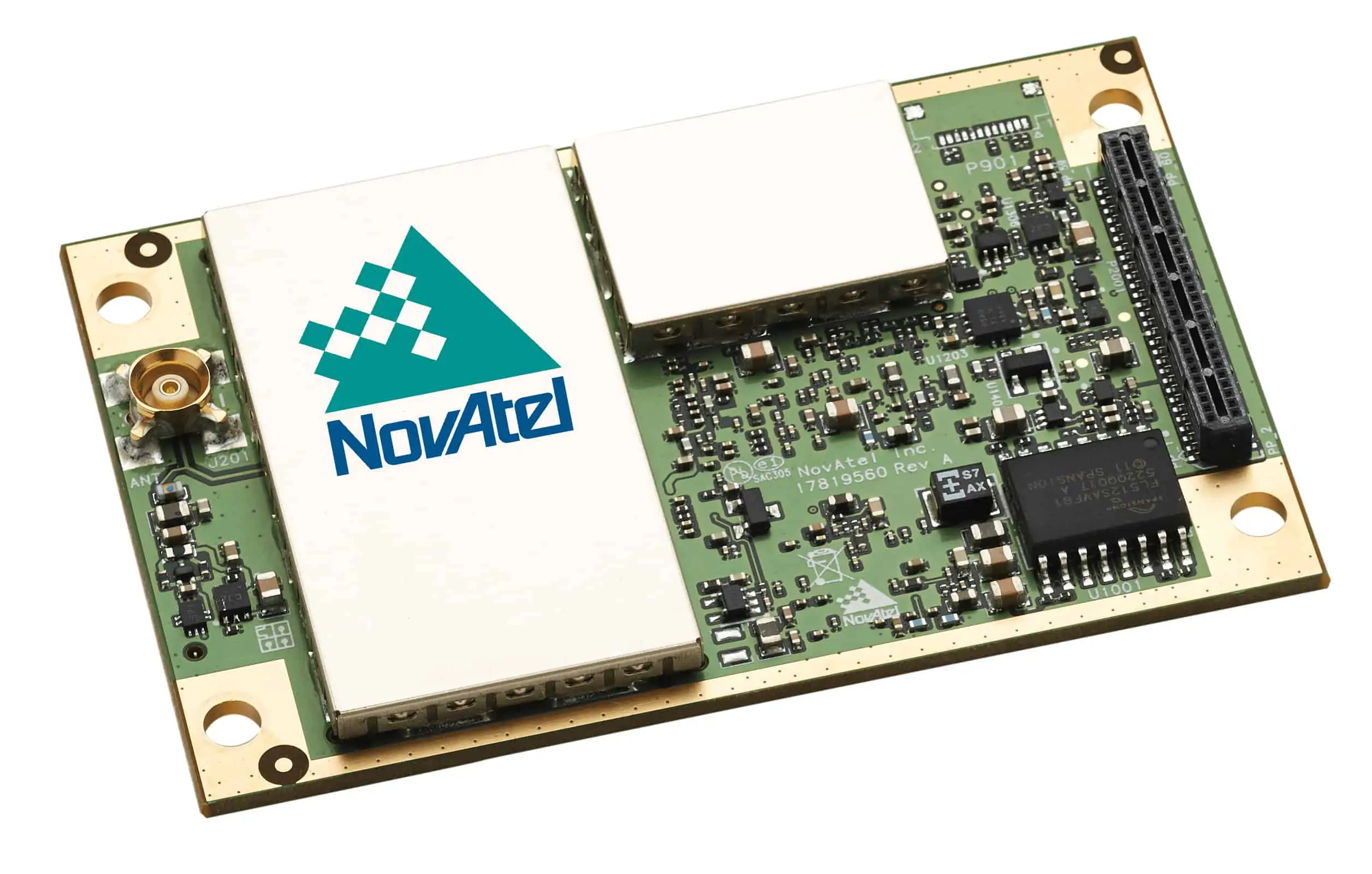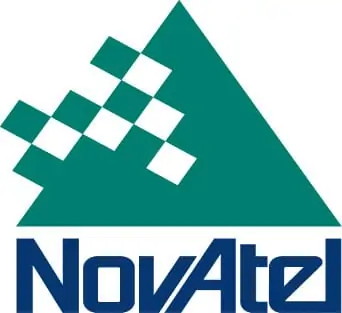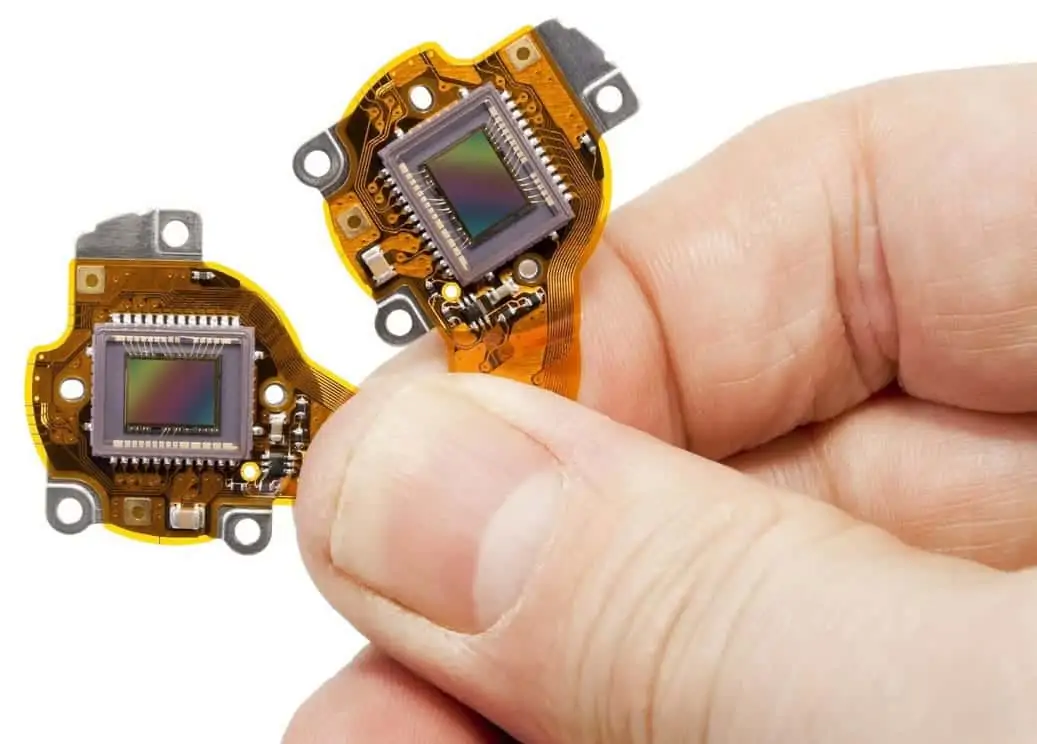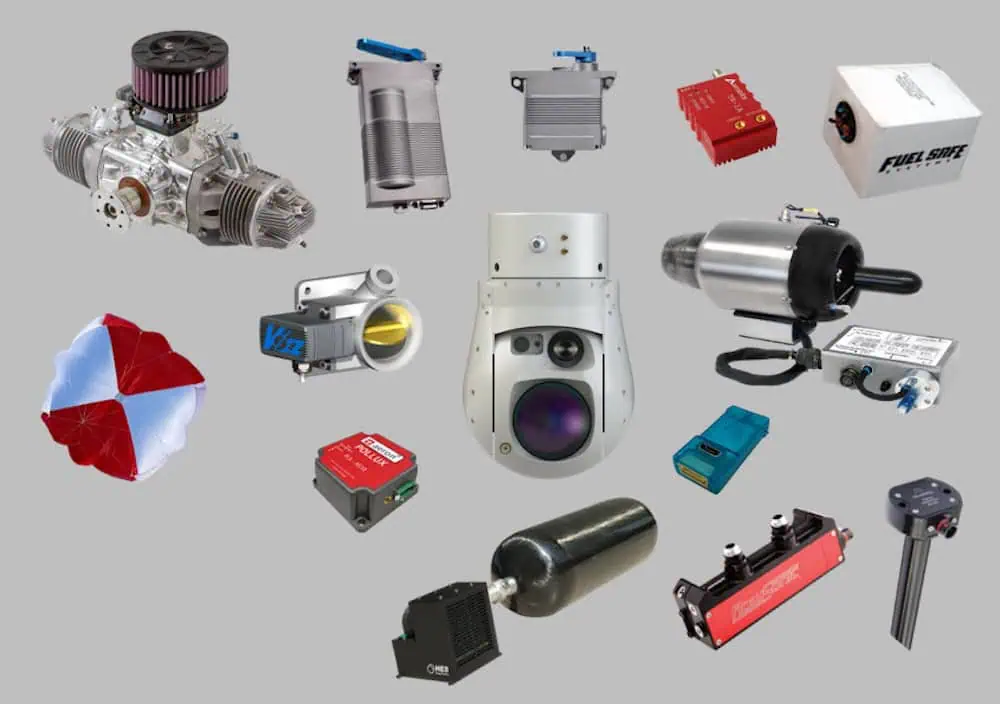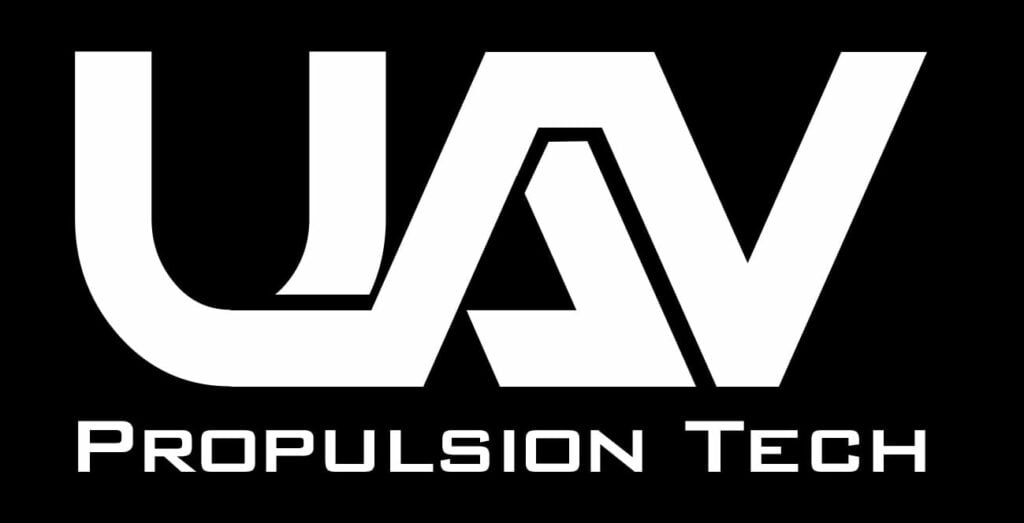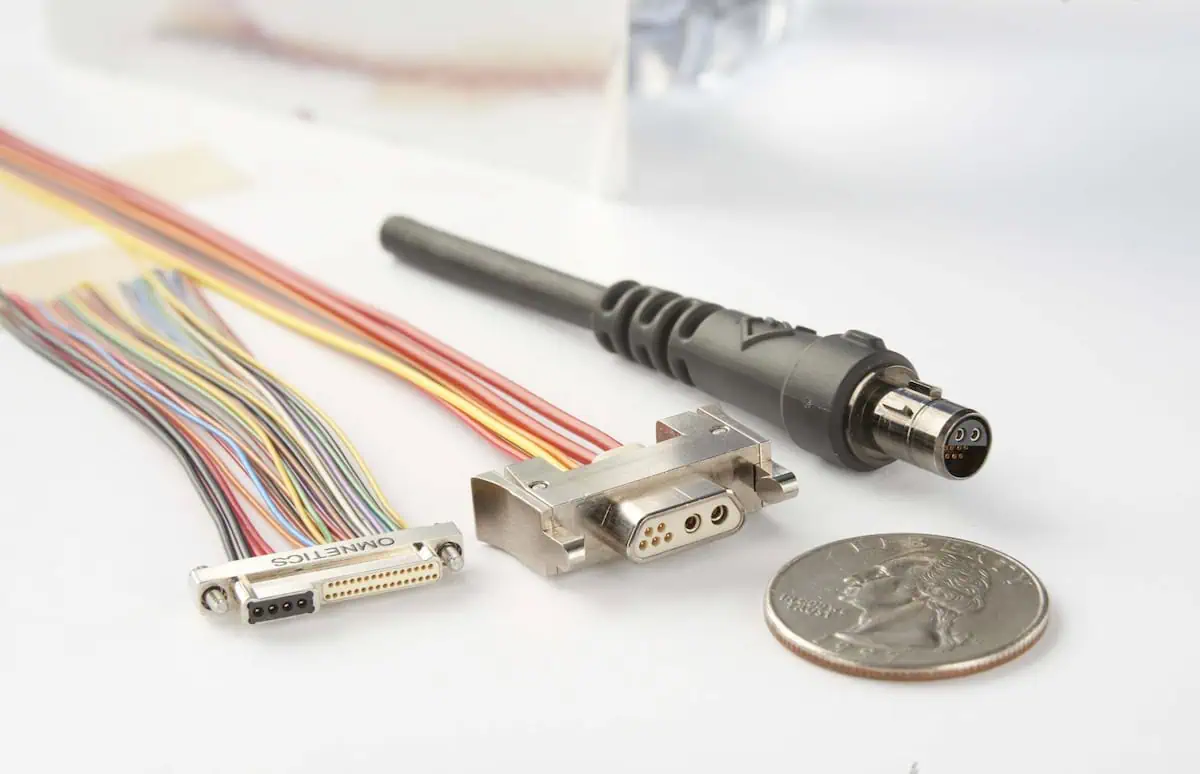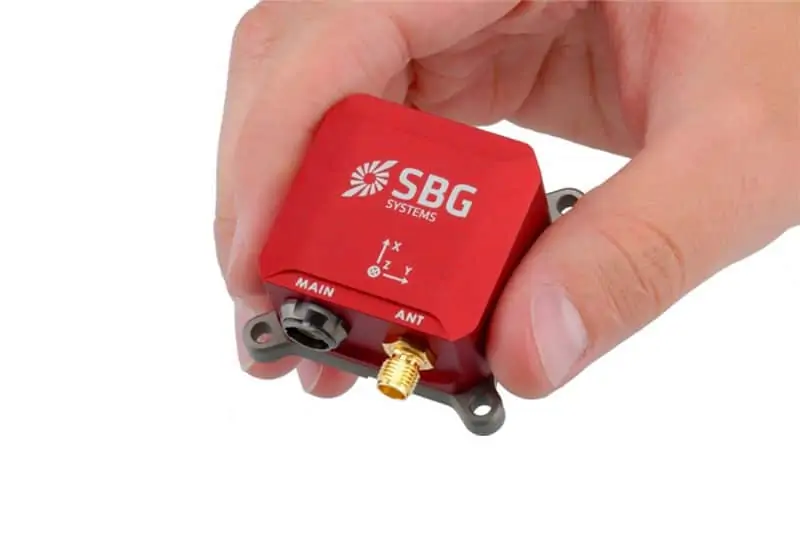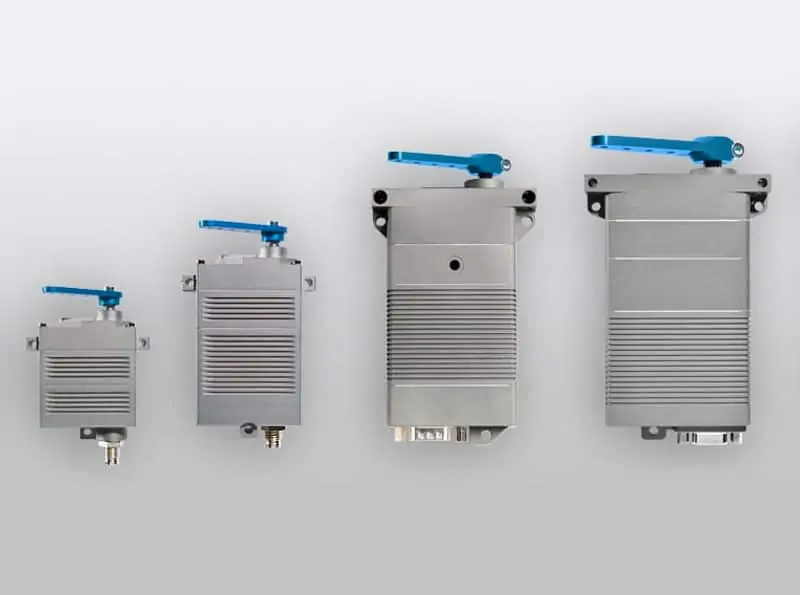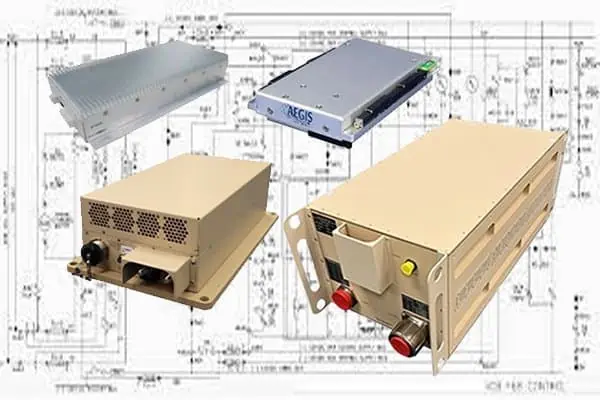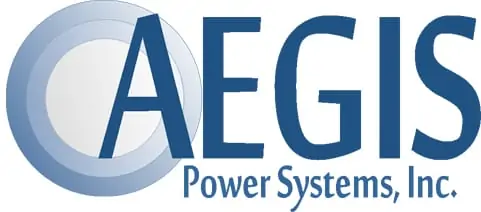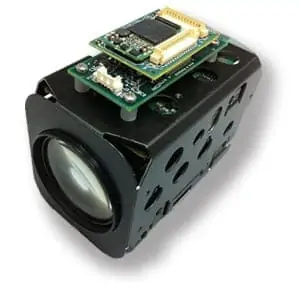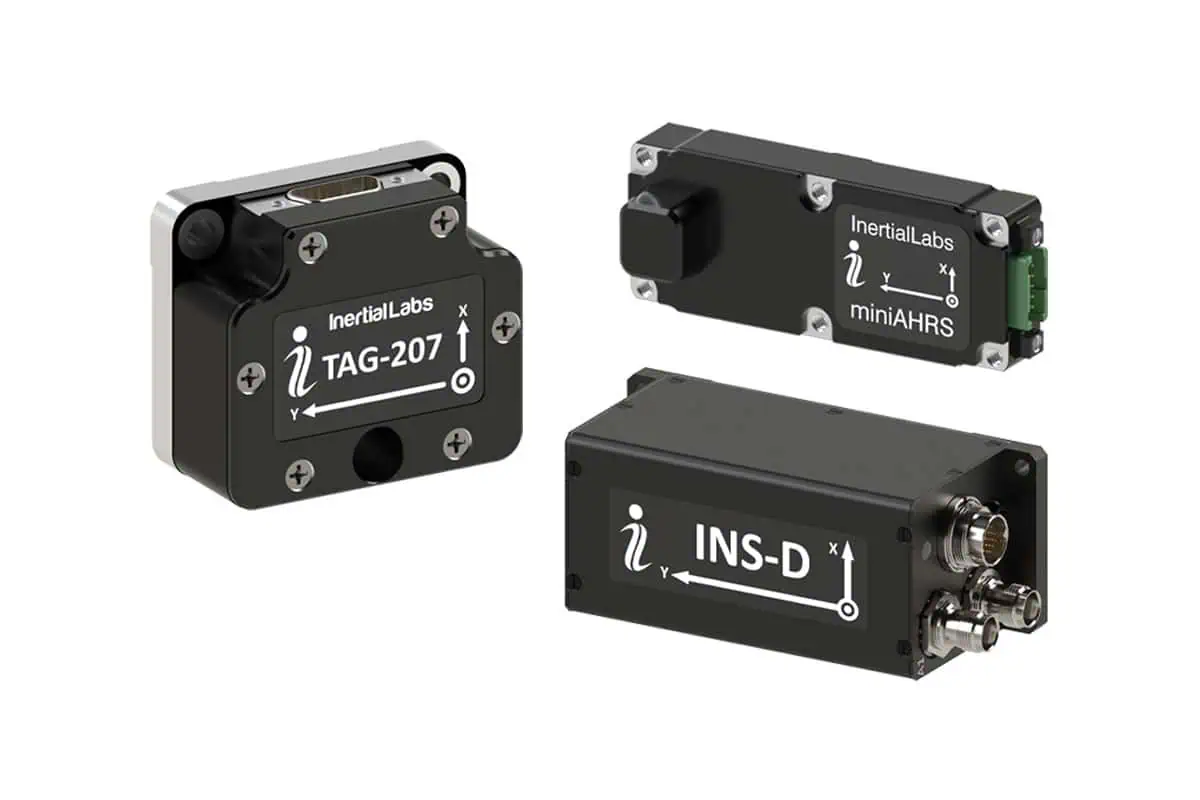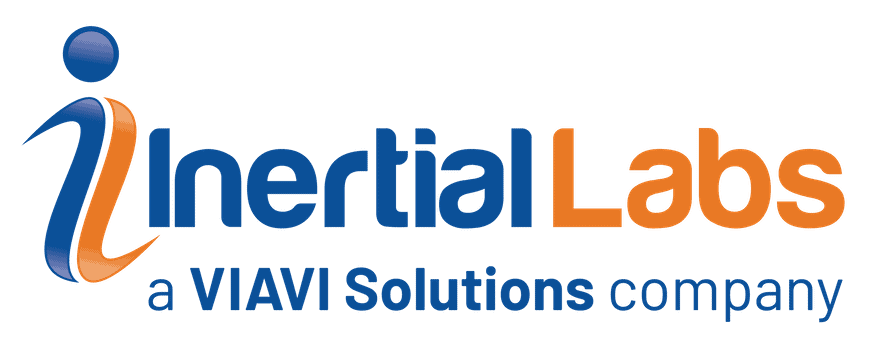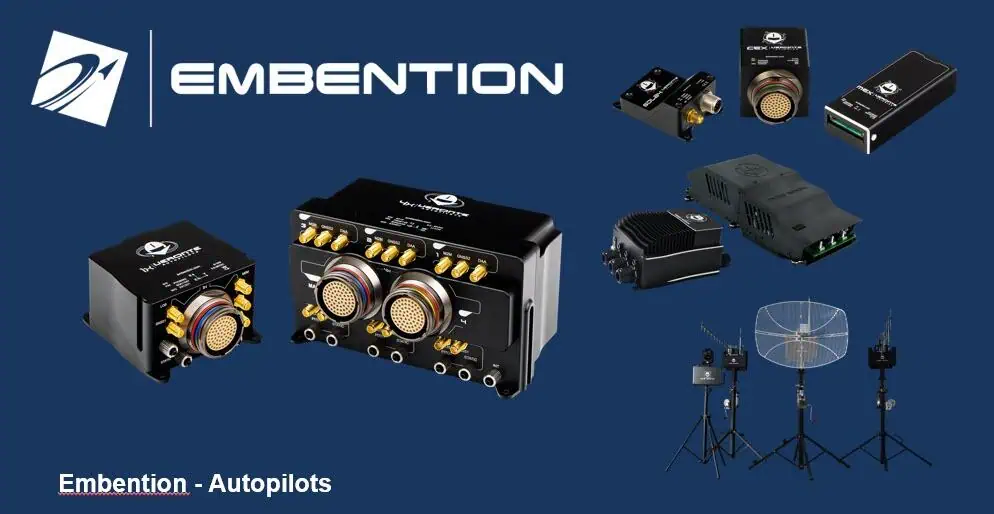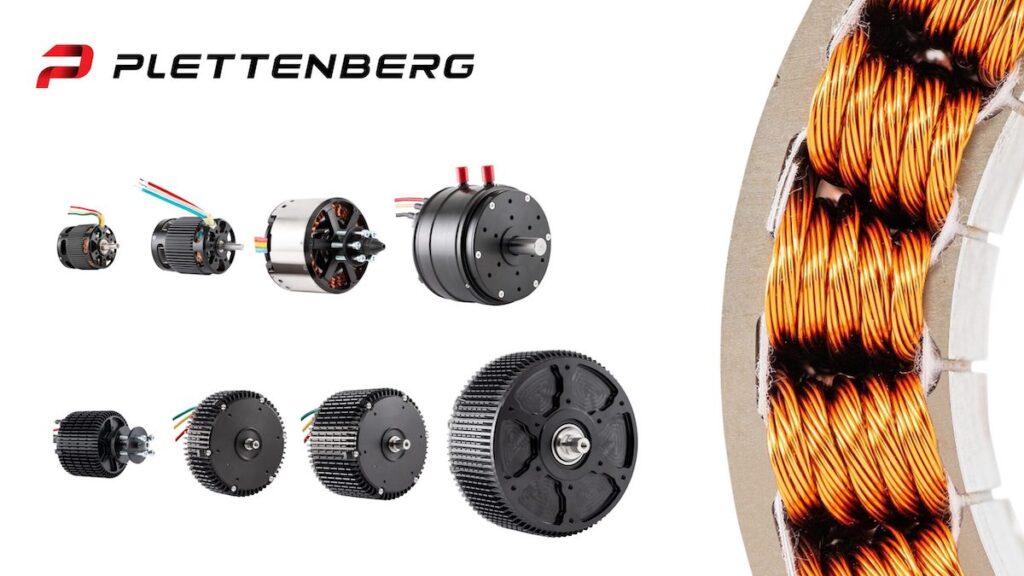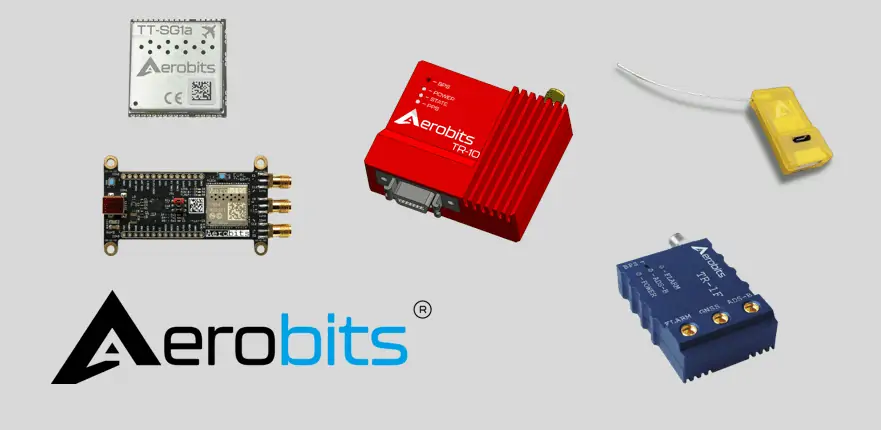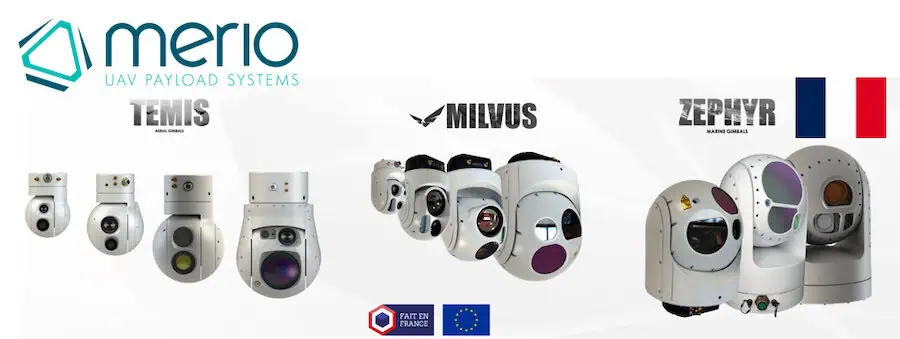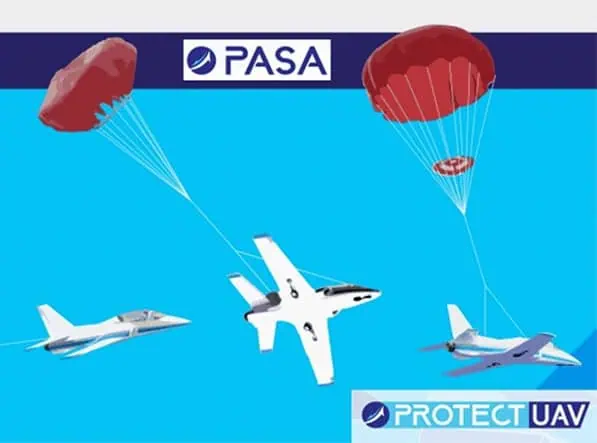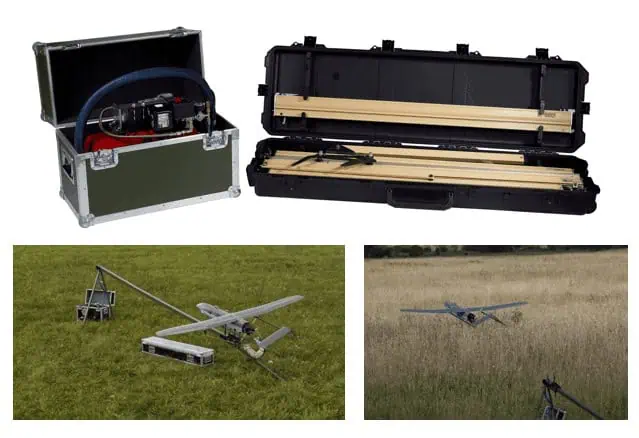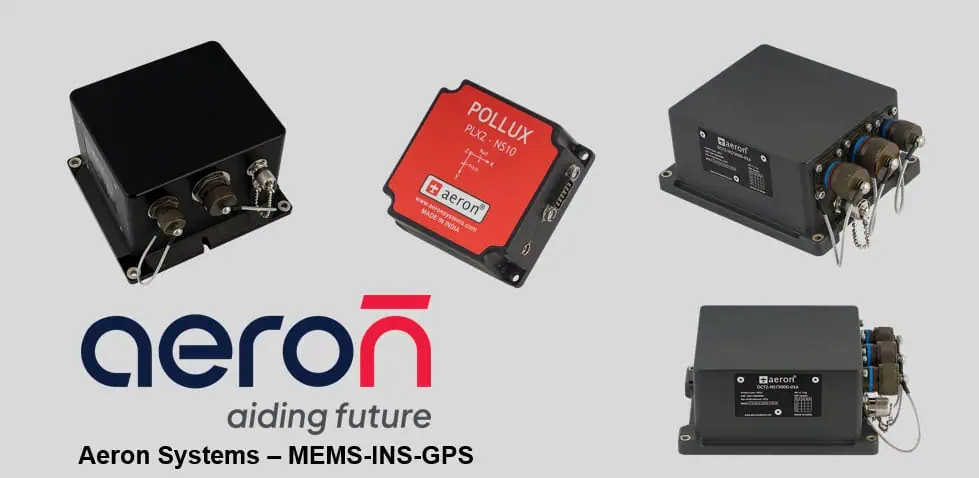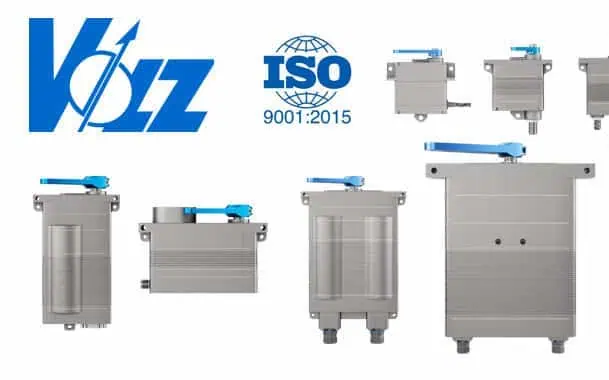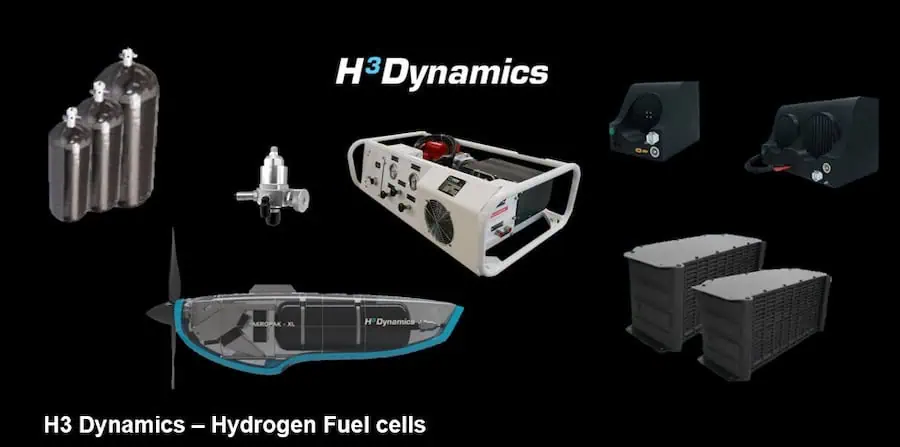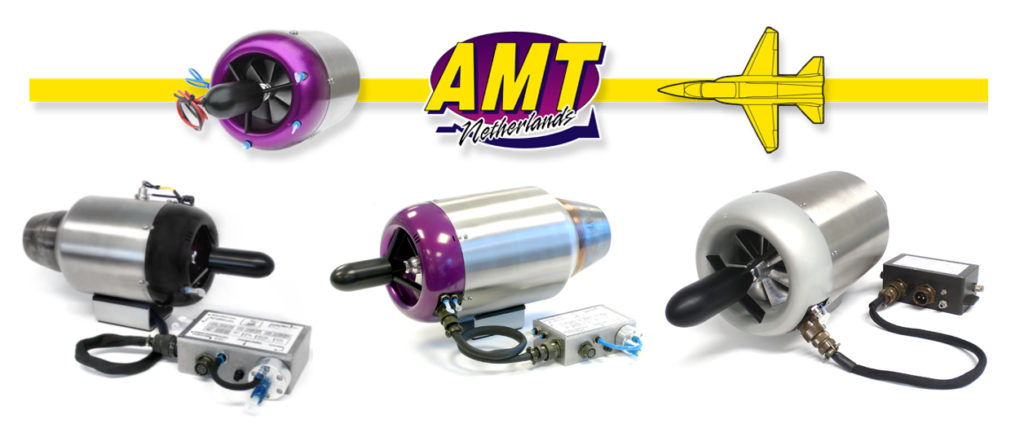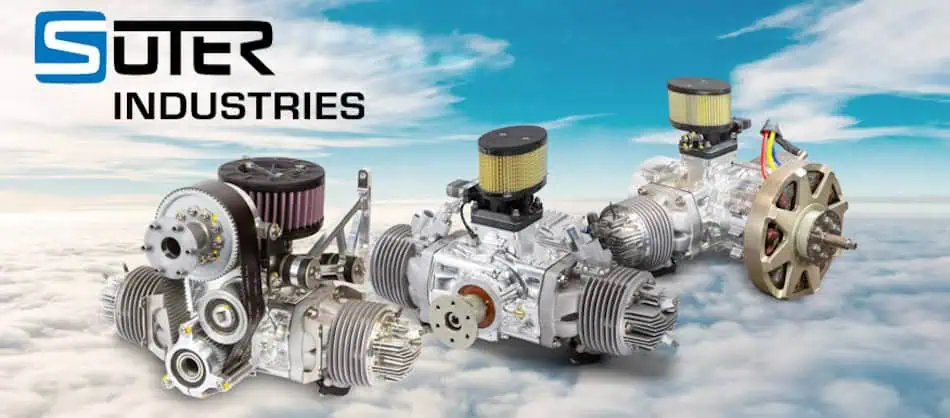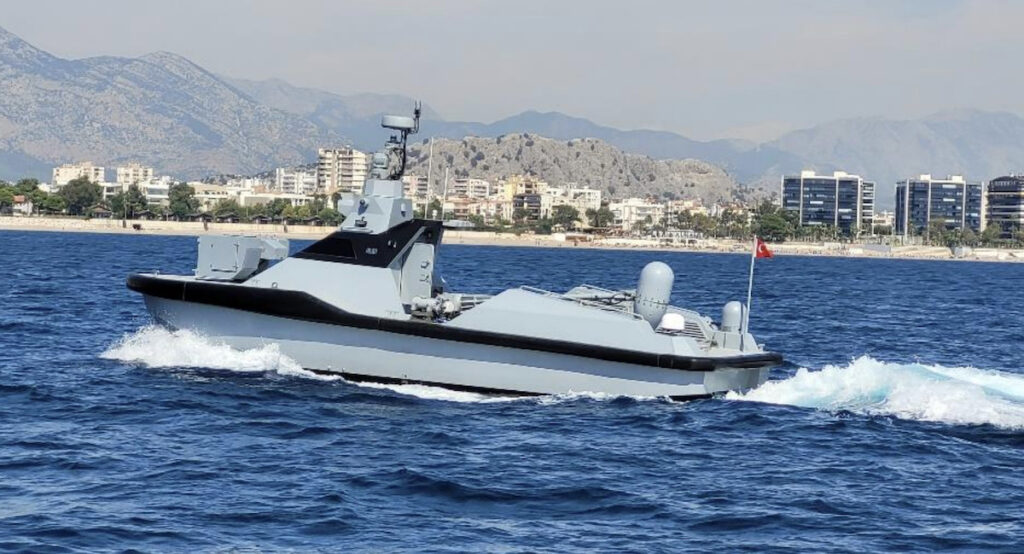
The evolution of modern warfare is increasingly showcasing the strategic benefits of unmanned surface vehicles (USVs), emphasizing their growing significance in contemporary naval engagements.
Meteksan Defense plays a pivotal role in this arena by integrating the ULAQ family of unmanned surface vehicles (AUSV) into naval operations, alongside the growth of the kamikaze USV (KUSV), known as ULAQ KAMA.
Initial tactical assessments of USVs were somewhat limited, but current evaluations necessitate a more comprehensive approach—analyzing the overall impact of USV forces on traditional naval operations and informing future naval force configurations.
Meteksan Defense envisions the ULAQ as a vital and sustainable element of naval operations. Originally designed to support manned vessels, the focus has now shifted to exploring how usvs can revolutionize naval capabilities.
The Essential Role of Manned Platforms
Naval forces have historically depended on manned, versatile platforms such as cruisers, destroyers, and frigates. Thes vessels are engineered for a variety of missions, with their size and equipment enabling capabilities in anti-submarine warfare, air defense, and surface combat.
However,the high costs and personnel investments associated with these ships make their loss particularly devastating,prompting strategists to avoid high-risk operations involving these assets during the early phases of conflict.
Challenges in Constrained Waters
In confined maritime environments, where adversaries operate in close proximity, conflicts can escalate swiftly. Early setbacks due to reconnaissance or geographical advantages can severely undermine a force’s morale. To counter this, valuable assets are often kept at a distance from danger, risking a loss of control over the operational area and perhaps leading to mission failure.
Enhancing Capabilities with USVs
Unmanned Surface Vehicles present effective solutions to traditional challenges. As cost-efficient, scalable, and risk-averse assets, USVs can function as sensors, weapon platforms, or even as offensive weapons themselves.
Deploying USVs in high-risk areas can safeguard conventional forces by diverting enemy fire, engaging unfriendly units, or supplying critical targeting intelligence. When used in conjunction with unmanned aerial vehicles (UAVs), USVs significantly boost situational awareness and operational efficiency.
For instance, the ULAQ KAMA can restrict enemy movement, compelling adversaries to remain outside their operational range. this was evident in recent military engagements, where persistent assaults by KUSVs forced a navy to reposition its assets, highlighting the strategic importance of such systems.
ULAQ KAMA KUSV
Increasing Operational Flexibility
The integration of USVs expands the range of operational strategies available. By minimizing the risks associated with deploying traditional forces in contested environments, military planners can explore tactics that were previously considered too dangerous. This adaptability has been demonstrated in recent conflicts, where diminished naval forces successfully utilized KUSVs to achieve operational objectives.
Sustaining Technological Superiority
At present, USVs and KUSV systems possess a technological edge, providing significant advantages over conventional platforms. however, as advancements continue, this edge may wane. To maximize their effectiveness, USVs must be seamlessly integrated into naval forces, accompanied by suitable doctrines and strategies while this period of technological superiority persists. Concurrently, defensive measures against similar systems must be developed to counter emerging threats.
Strategic Outlook
While traditional forces remain crucial in naval operations, the rising prominence of unmanned systems presents both opportunities and challenges. By incorporating USVs into high-risk scenarios, navies can reduce losses and influence outcomes more effectively.
The Turkish Navy,in collaboration with leading defense technology firms,is poised to spearhead these advancements. The upcoming deployment of the ULAQ USV to the Turkish Navy is set to fulfill operational requirements by leveraging the transformative capabilities of unmanned technologies.

